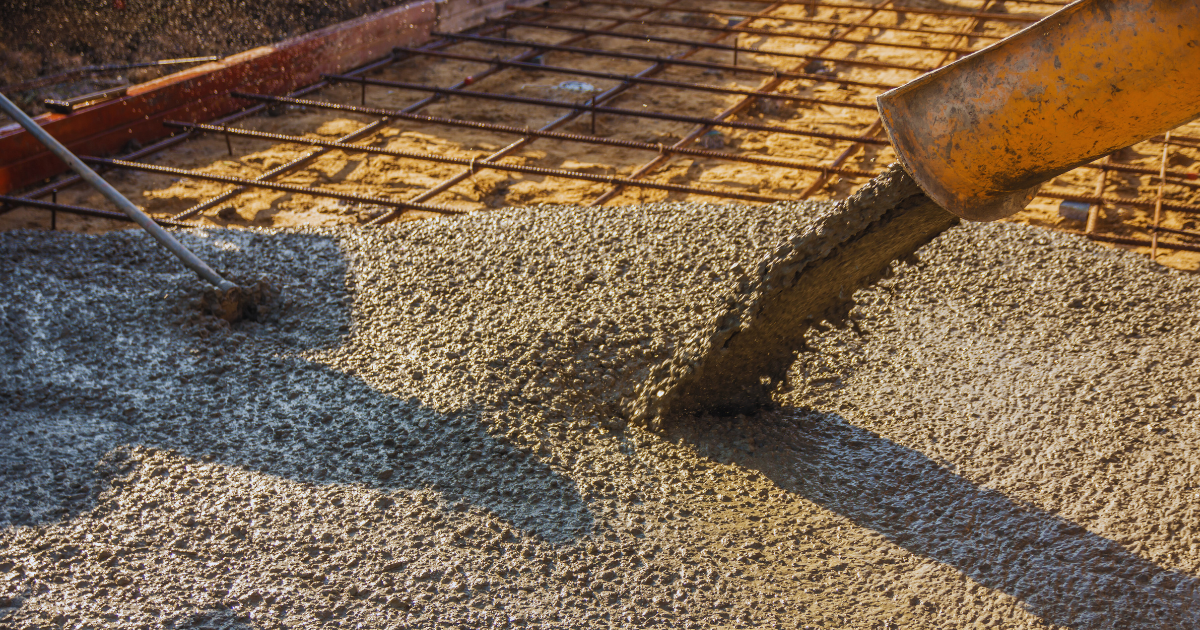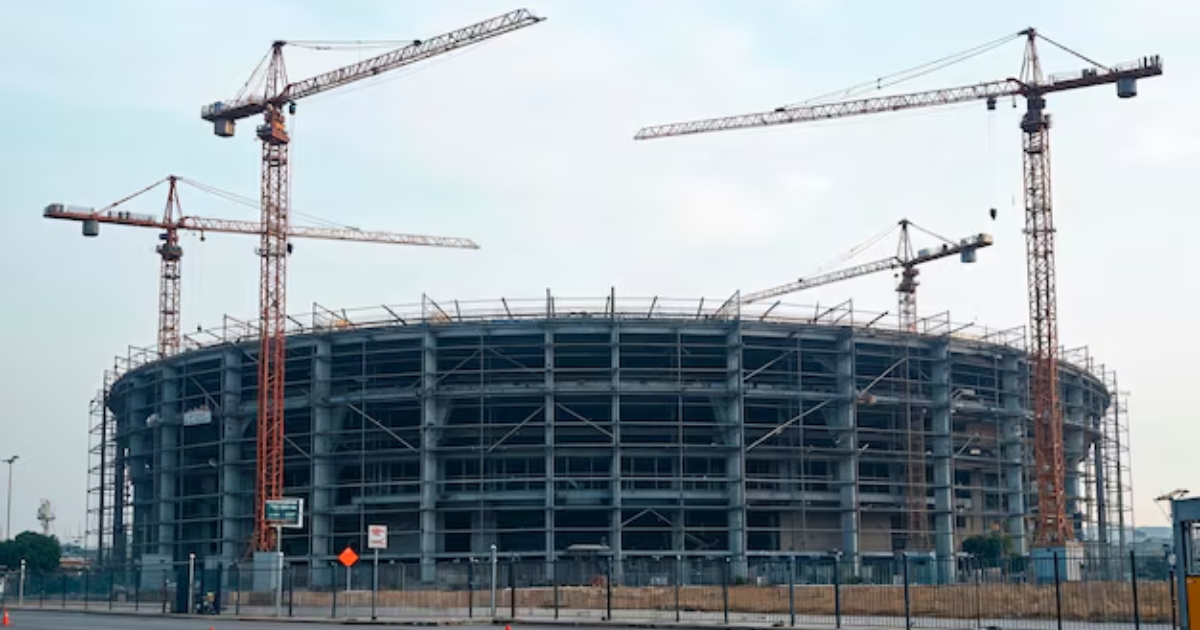Ready Mix Concrete is a versatile and widely used construction material that requires precise handling to ensure structural integrity and longevity. One of the critical aspects of working with this material is understanding the correct ready mix concrete pouring time. This comprehensive guide will delve into the essential tips and guidelines to ensure your ready mix concrete pouring time is executed flawlessly, enhancing the quality and durability of your construction projects.
Understanding Ready Mix Concrete Pouring Time
Ready Mix Concrete Pouring Time refers to the duration within which the prepared concrete mixture must be poured and placed into the forms. This time frame is crucial because it affects the workability, setting time, and overall strength of the concrete. Pouring concrete too early or too late can lead to various issues, including poor bonding, cracking, and reduced structural integrity.
Importance of Timely Pouring
Adhering to the correct ready mix concrete pouring time is vital for several reasons:
- Workability: Concrete must be workable enough to be poured and spread into forms without excessive effort. Pouring at the right time ensures the mix remains fluid and easy to manipulate.
- Strength: The chemical reactions between cement, water, and aggregates that give concrete its strength are time-sensitive. Pouring at the right time ensures optimal strength development.
- Surface Finish: Proper pouring time allows for a smoother surface finish, reducing the need for extensive finishing work.
- Avoiding Cold Joints: Pouring within the recommended time frame prevents the formation of cold joints, which occur when fresh concrete is poured onto hardened concrete, compromising the structural integrity.
Factors Affecting Ready Mix Concrete Pouring Time
Several factors influence the ready mix concrete pouring time, including:
- Temperature: Higher temperatures accelerate the setting time of concrete, reducing the available pouring time. Conversely, lower temperatures slow down the setting process, extending the pouring window.
- Humidity: Humidity levels affect the evaporation rate of water in the concrete mix, influencing the setting time.
- Mix Design: The composition of the concrete mix, including the type and proportion of cement, aggregates, and admixtures, affects the setting time and workability.
- Transport Time: The time taken to transport the ready mix concrete from the batching plant to the construction site can impact the pouring time. It is essential to coordinate the delivery to minimize delays.
- Site Conditions: The accessibility of the site, the complexity of the formwork, and the availability of manpower and equipment can affect the pouring schedule.
Tips for Ensuring Optimal Ready Mix Concrete Pouring Time
To ensure the ready mix concrete pouring time is effectively managed, consider the following tips:
- Plan Ahead: Proper planning is crucial. Coordinate with the batching plant to schedule deliveries at times that align with your construction timeline. Ensure all necessary preparations are completed before the concrete arrives.
- Monitor Weather Conditions: Check the weather forecast and plan pouring activities during favorable conditions. Extreme temperatures or precipitation can affect the pouring time and the quality of the finished product.
- Prepare the Site: Ensure the site is ready for pouring. Complete all formwork, reinforcement placement, and other preparatory tasks before the concrete arrives.
- Efficient Transport: Arrange for efficient transportation of the concrete from the batching plant to the site. Minimize delays to ensure the mix remains workable upon arrival.
- Use Admixtures: Consider using admixtures that can modify the setting time of concrete. Retarders can extend the pouring time in hot weather, while accelerators can speed up the setting time in cold conditions.
- Employ Experienced Workers: Skilled workers are essential for efficient pouring. Ensure your team is trained and experienced in handling ready mix concrete to optimize the pouring process.
- Maintain Communication: Keep clear communication channels open between all parties involved, including the batching plant, transporters, and on-site workers. This ensures timely coordination and quick resolution of any issues.
Guidelines for Pouring Ready Mix Concrete
Adhering to established guidelines can help ensure your ready mix concrete pouring time is managed effectively:
- Pour in Layers: For large pours, divide the concrete into manageable layers. This prevents the mix from setting too quickly and allows for proper consolidation and finishing.
- Continuous Pouring: Aim for continuous pouring without interruptions. This minimizes the risk of cold joints and ensures uniform strength development.
- Consolidation: Use vibration or other consolidation techniques to remove air pockets and ensure the concrete fills the forms completely. Proper consolidation enhances the strength and durability of the finished structure.
- Finishing: Begin finishing operations as soon as the concrete is poured and consolidated. This includes screeding, floating, and troweling to achieve the desired surface texture and smoothness.
- Curing: After pouring, initiate curing procedures to maintain moisture in the concrete. Curing is critical for the proper hydration of cement, which contributes to strength development and crack prevention.
- Monitor Setting: Keep an eye on the setting process. Make adjustments as needed, such as applying curing compounds or protective covers, to ensure the concrete sets uniformly.
Common Mistakes to Avoid
To achieve the best results, avoid these common mistakes related to ready mix concrete pouring time:
- Delaying Pouring: Delays in pouring can lead to a decrease in workability and increased difficulty in placing and finishing the concrete.
- Inadequate Preparation: Failing to prepare the site, formwork, or reinforcement adequately can result in rushed pouring, leading to quality issues.
- Ignoring Weather Conditions: Pouring concrete in unfavorable weather without proper precautions can affect the setting time and the final quality of the concrete.
- Insufficient Manpower: Lack of skilled workers can slow down the pouring process and result in poor consolidation and finishing.
- Poor Communication: Miscommunication between the batching plant, transporters, and on-site workers can lead to delays and compromised concrete quality.
Conclusion
The correct ready mix concrete pouring time is a critical factor in ensuring the structural integrity and longevity of your construction projects. By understanding the importance of timely pouring, considering the influencing factors, and following the tips and guidelines provided, you can optimize the ready mix concrete pouring time and achieve superior results.
Remember, the key to successful concrete pouring lies in careful planning, efficient coordination, and skilled execution. By prioritizing these elements, you can ensure that your ready mix concrete pouring time is managed effectively, leading to durable and high-quality concrete structures.
For more information on ready mix concrete pouring time and other construction best practices, stay tuned to our blog for expert insights and tips from Hindustan Infrastructure Solution.







